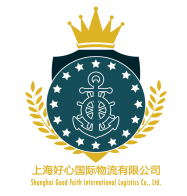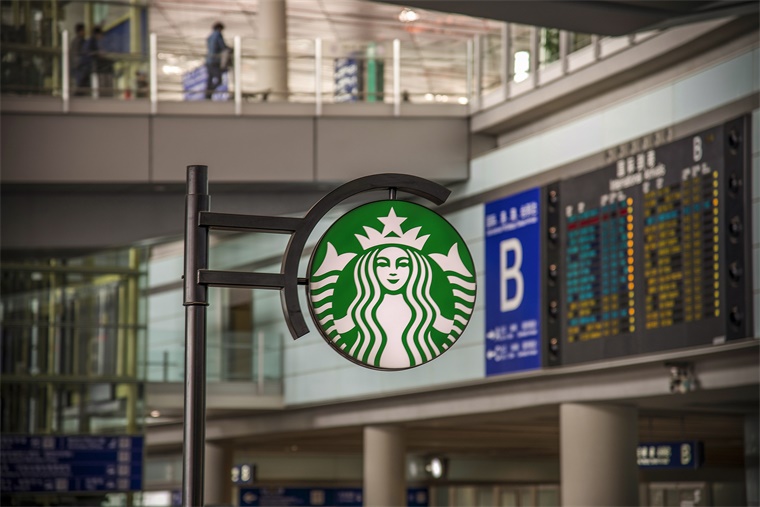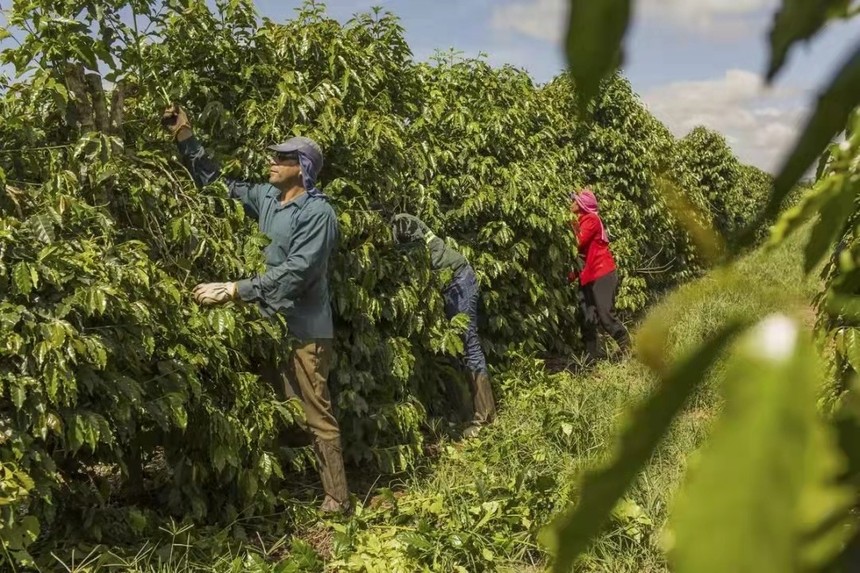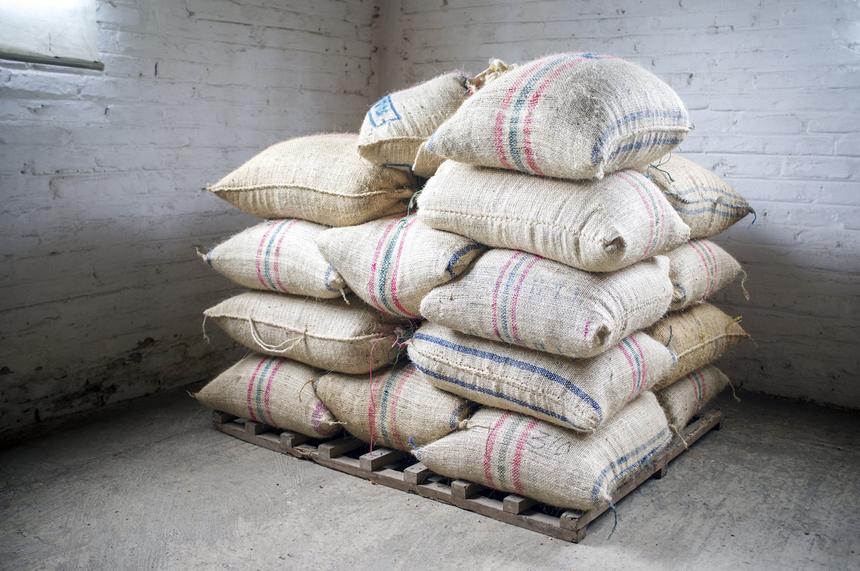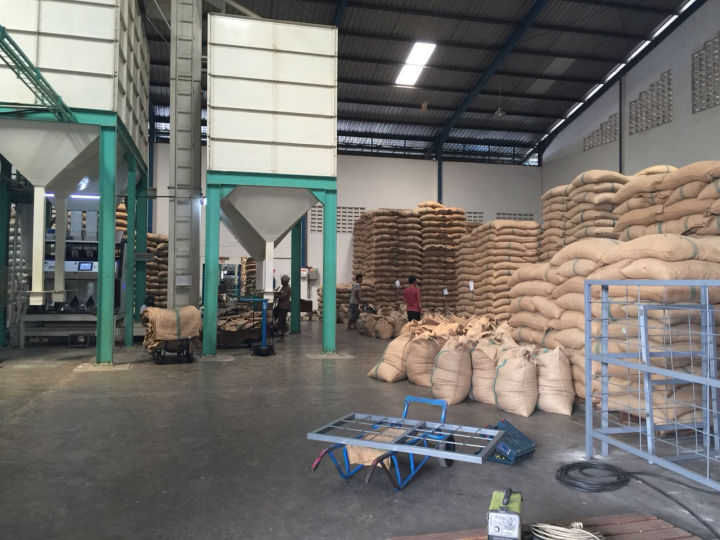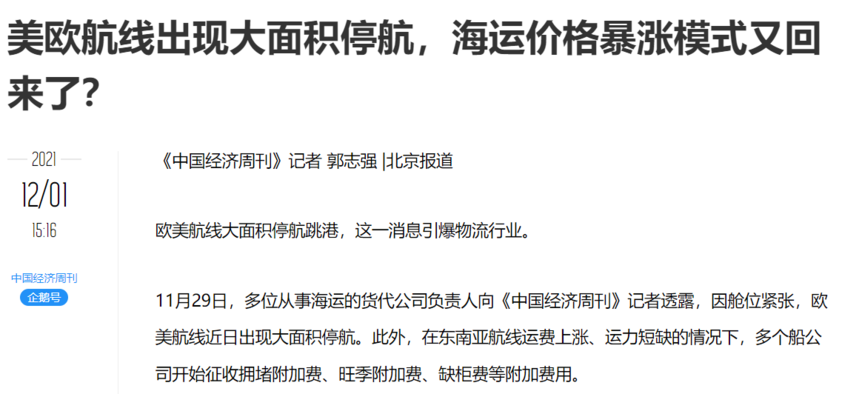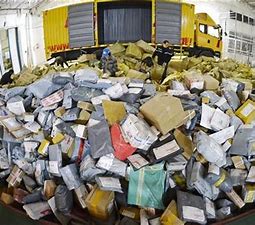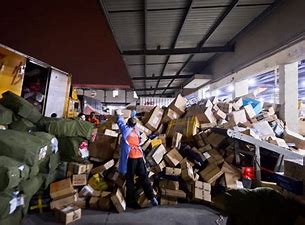|
Starbucks' price increases: Behind it is a supply chain break The domestic Starbucks' price increasing trend does not stop Starbucks CEO Kevin Johnson revealed in the latest earnings report that it is expected to continue to raise prices in the coming months, and it is expected to raise prices again in 2022. Recently, affected by the rise in raw material prices, many food companies, including milk tea, beverages, etc., have officially announced price increase measures. Consumer feedback showed: "Although the increase is not large, it is extremely resistant." Starbucks officials said that the reason for the price increase was the impact of the epidemic and inflationary pressures.
The epidemic is raging and raw material production is decreasing As the world's largest producer and exporter of coffee beans, Brazil is suffering enormous losses: first from the worst drought in nearly a century, and then by the worst frost in decades ¨C a significant reduction in production of coffee raw materials. Coupled with the epidemic, the global shipping problem continues to play out, the entire coffee supply chain will be further disrupted, Brazilian exporters since last September, shipments have fallen to the lowest level in the past year.
According to the local state-run national supply company, Brazil's actual coffee bean production capacity will hit the lowest point in nearly 12 years in 2021. Brazil's coffee harvest this year will be below 3 million tonnes, down 22.6 percent from the previous harvest. Global supply chain prices have risen, affected by inflation, most commodity coffee bean futures prices have climbed all the way, Starbucks' main variety, Arabica coffee beans, has doubled in the past year, and the price of C-type coffee futures in the United States has risen by more than 90% since January last year.
The increase in raw material prices is attributable to the soaring sea freight rates Starbucks coffee beans come from Latin America, Africa, Asia, and the most important coffee consumption areas are Europe and the United States, and these large quantities of coffee beans are transported through sea containers.
Knowledge Link - Wearing sacks and crossing the ocean
The transportation of coffee beans is almost all by sea, and generally a container can hold more than 300 sacks of coffee. Advantages: cheap, large transport volume. Disadvantages: Raw coffee beans are exposed to high temperatures and humidity, and the quality may be impaired. Therefore, in theory, the best storage material is a clean, odorless, and breathable material, which is why sacks, straw bags and even natural oak barrels are used in green coffee bean producing areas around the world. If unfortunately, the customs is detained for inspection, and the green coffee beans are stored in a closed environment, which can easily cause water loss in a very short period of time and affect the quality of the coffee.
The global epidemic situation has risen and fallen, affected by insufficient transportation capacity, port congestion, labor shortages and other factors, in just one and a half years, the freight rate of shipping has soared 10 times, the cost of raw material exports has soared, and corporate profits have been squeezed. "There is a shortage of capacity to these countries, often unable to book a space, sometimes it is difficult to send it over, the ship can not dock at the port, can only wait at sea, or call at another port. As long as the cargo is on the ship for one day, the cost of the day must be calculated, and it is useless to die in a hurry. International freight forwarders in the industry said that the storage conditions of agricultural products are high, and over time, the quality will be a problem.
"Since the outbreak of the epidemic, there have been two economic factors that have led to an increase in freight rates, one is the general increase in the price of bulk products, including the rise in fuel prices and the increase in the cost of shipping companies; the other is the supply chain crisis, the lack of capacity, the delay in shipping schedules led to reduced logistics efficiency, resulting in a situation where shipping supply exceeds demand." Hu Bingjing, a researcher at the Institute of Agricultural Development of the Chinese Academy of Social Sciences, said that the timely control of the epidemic in China has accelerated the resumption of work and production of enterprises and undertaken a large number of orders from the global market. At the same time, the global epidemic has led to a shortage of labor for shipping companies, insufficient capacity, and freight rates have begun to rise.
From the perspective of maritime transport capacity, the epidemic has led to inefficient port operations in Southeast Asia, the extension of ship arrival and unloading time, and a sharp decline in port operation efficiency, which has led to a continuous surge in maritime prices in November in the Asian route.
Sea freight prices skyrocketed Whether it is air or sea, logistics costs are rising. Previously, the ports in the western United States had been busy, and the 24-hour operation could not solve the congestion phenomenon, and there were still many ships waiting to dock. Coupled with the arrival of the festive season, the consumer demand brought about by the peak export season has soared, which has driven up logistics freight rates. In this market context, industry insiders believe that the state of tariffs remaining high will continue for some time. The problem of capacity shortage has spread around the world, and national financial policies support the shipping industry Port congestion leads to the inability to effectively release the capacity, and the imbalance between supply and demand calls for more capacity, which further blocks the port after the capacity is invested. At present, the congestion of several major ports in the United States is the most serious, but the market demand is very large, many shipping companies choose to draw other routes, such as the capacity of Southeast Asian routes, supplemented to European and American shipping, the final result is that European and American shipping because of congestion freight continues to rise, Southeast Asian shipping because of "short supply", the same rising tide.
overbooking In fact, since July 2021, China's export volume has risen sharply, and the demand for export containers has soared, whether it is the maritime market or the China-Europe express train, there has been a shortage of container sources, soaring freight rates, and delayed turnover. Industry insiders said, "From the perspective of central policies, we are increasingly emphasizing the need to have a diversified supply chain, especially to explore the potential of neighboring countries." This means that in the future, the land transportation infrastructure represented by the China-Europe express train will be jointly developed and constructed by China and other countries, and trade customs clearance with neighboring countries will be more convenient. ¡± On January 11, the General Office of the State Council issued the Opinions on Doing a Good Job in Cross-cycle Adjustment to Further Stabilize Foreign Trade. The Opinions put forward that all localities and importers' associations should be guided to organize small and medium-sized foreign trade enterprises and shipping enterprises to carry out direct customer docking; support financial institutions to use inclusive financial policies to provide inclusive financial support in logistics to eligible small and micro foreign trade enterprises under the premise of legal compliance and risk control; continue to strengthen supervision in the field of international maritime transport, crack down on illegal charges and inflated freight rates in accordance with the law; call for joint smooth international logistics on multiple and bilateral occasions; improve daily monitoring and emergency scheduling mechanisms. Enhance synergy between ports. |
